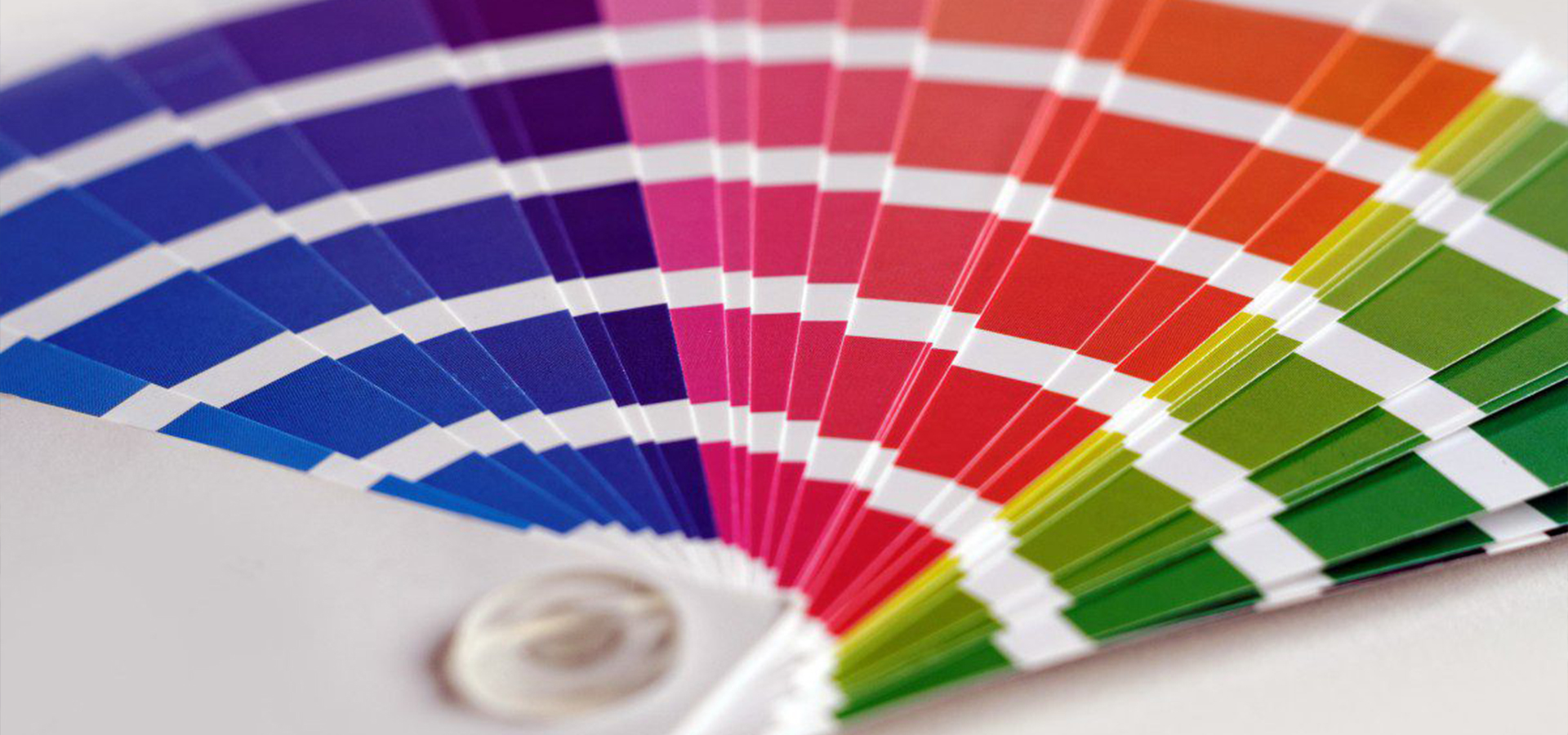
Colour theory is the study of how colours interact and influence each other, and how they affect human psychology and behaviour. There are some basic principles of colour theory that can help you choose harmonious and meaningful colour combinations, such as the colour wheel, the colour models, the colour schemes, and the colour meanings. The colour wheel shows the relationships between the primary, secondary, and tertiary colours, and how they can be mixed or contrasted. The colour models are the different ways of representing colours in different media, such as RGB (red, green, blue) for digital screens and CMYK (cyan, magenta, yellow, black) for print. The colour schemes are the methods of selecting colours that work well together, such as complementary, analogous, triadic, or monochromatic. The colour meanings are the associations and emotions that different colours evoke in different cultures and contexts, such as red for passion, blue for calmness, or green for nature.
Before you decide on a colour scheme for your print design project, consider who your target audience is and what your main objective is. Different audiences may have different preferences, expectations, and associations with colours, depending on their age, gender, culture, or industry. For example, if you are designing a brochure for a children’s toy store, you may want to use bright and playful colours that attract attention and convey fun and excitement. On the other hand, if you are designing a report for a corporate client, you may want to use more subdued and professional colours that convey trust and credibility.
Similarly, different purposes may require different colour choices, depending on the tone and mood you want to create. For example, if you are designing a poster for a charity event, you may want to use warm and positive colours that inspire compassion and generosity. On the other hand, if you are designing a flyer for a horror movie, you may want to use dark and cold colours that create suspense and fear.
If you are not sure how to start creating a colour scheme for your print design project, you can use a colour palette generator tool to help you find some inspiration and guidance. A colour palette generator is an online application that allows you to generate colour combinations based on different criteria, such as your favourite colour, a photo, a keyword, or a mood. You can also adjust the hue, saturation, brightness, and temperature of the colours to suit your needs. Some examples of colour palette generators are Adobe Colour, Coolors, Paletton, and Colormind. These tools can help you discover new and interesting colour schemes that you may not have thought of before, and you can save and export them for your print design project.
Once you have chosen a colour scheme for your print design project, test it for readability and accessibility. Readability refers to how easy it is to read and understand the text and graphics in your print design, while accessibility refers to how inclusive and user-friendly it is for people with different abilities and needs. One of the most important aspects of readability and accessibility is the contrast between the foreground and background colours, especially for text. If the contrast is too low, the text may be hard to see and read, especially for people with low vision or colour blindness. You can use a contrast checker tool to measure the contrast ratio between your colours and ensure that they meet the minimum standards for print design. Another aspect of readability and accessibility is the choice of fonts and sizes, which should be clear and legible, as well as consistent and appropriate for your print design project.
Choosing a colour scheme for your print design project shouldn’t be a rigid or boring process; it’s an opportunity to experiment and have fun with colours. Colours are a powerful and expressive element of print design, and you can use them to create different effects and impressions, and showcase your creativity and style. Don’t be afraid to try different combinations and variations, and to ask for feedback and opinions from others. You may be surprised by what you can achieve with colours, and how they can enhance your print design project.
